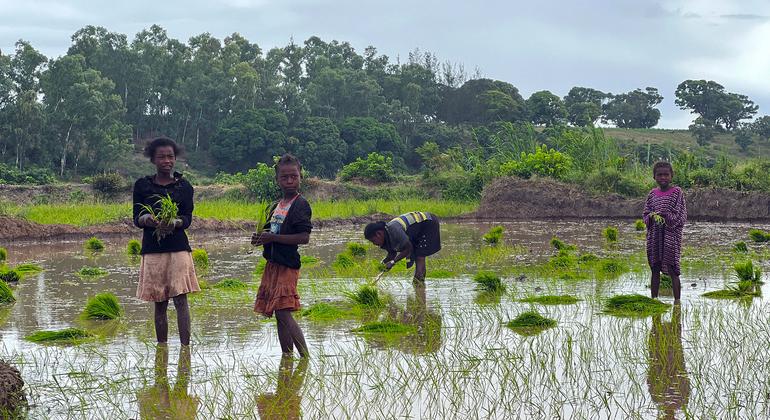In a sobering assessment released yesterday, the UN Food and Agriculture Organization (FAO) has documented an alarming 15% surge in global food prices since January, marking the steepest six-month increase in nearly a decade. The comprehensive report, “Global Food Security Outlook 2025,” paints a troubling picture of how converging global crises are systematically dismantling decades of progress in food security.
“What we’re witnessing isn’t simply a temporary market fluctuation,” explains FAO Director-General Qu Dongyu. “These price increases represent the culmination of multiple systemic shocks that have fundamentally destabilized global food systems.”
The report identifies an interconnected web of causative factors driving the current crisis. Climate-related disasters have devastated agricultural production across four continents, with unprecedented flooding in Southeast Asia destroying nearly 30% of the region’s rice production. Meanwhile, prolonged drought conditions across the African Sahel have reduced cereal yields by an estimated 45% compared to five-year averages.
Conflict zones continue to disrupt critical agricultural activities and supply chains. The report specifically highlights how the ongoing situation in Ukraine has removed approximately 26 million tonnes of grain from global markets. Similarly, escalating tensions in the Middle East have disrupted vital shipping routes, increasing transportation costs by up to 200% for essential food commodities moving through the region.
Perhaps most concerning is the report’s analysis of economic factors. Global fertilizer prices have risen by 78% year-over-year, placing enormous pressure on farmers worldwide. Small-scale producers in developing regions have been disproportionately affected, with many unable to afford inputs necessary for maintaining production levels.
“Food price inflation has reached dangerous levels in several regions,” notes Dr. Maximo Torero, FAO Chief Economist. “We’re recording double-digit food inflation in 63 countries, with the most severe impacts concentrated in low-income, food-importing nations.”
The consequences extend beyond economic metrics. According to CO24 World News analysis of the FAO data, approximately 828 million people now face food insecurity—an increase of nearly 150 million since 2019. Child malnutrition rates have risen in 38 countries, reversing decades of improvement in childhood nutrition indicators.
Canadian consumers have not been spared from these global trends. Data from Statistics Canada shows domestic food prices rising at roughly twice the rate of overall inflation, creating significant pressure on household budgets. Our CO24 Business team has reported that Canadian families are now spending an average of 14.7% more on groceries compared to last year.
The FAO report outlines several critical interventions needed to address the crisis, including emergency food assistance, support for agricultural adaptation to climate change, and coordinated international action to protect vulnerable populations. The organization has called for an immediate $8.6 billion funding increase for food security initiatives targeting the most affected regions.
“The current trajectory is unsustainable,” warns Dr. Torero. “Without decisive and coordinated global action, we project that food prices will continue rising through 2026, potentially triggering widespread social and political instability.”
As global leaders prepare for next month’s G20 summit in Jakarta, the question remains: will the international community mobilize the political will and resources necessary to address this mounting crisis before it spirals beyond control?























